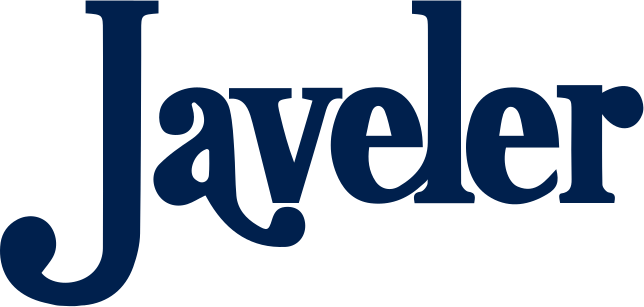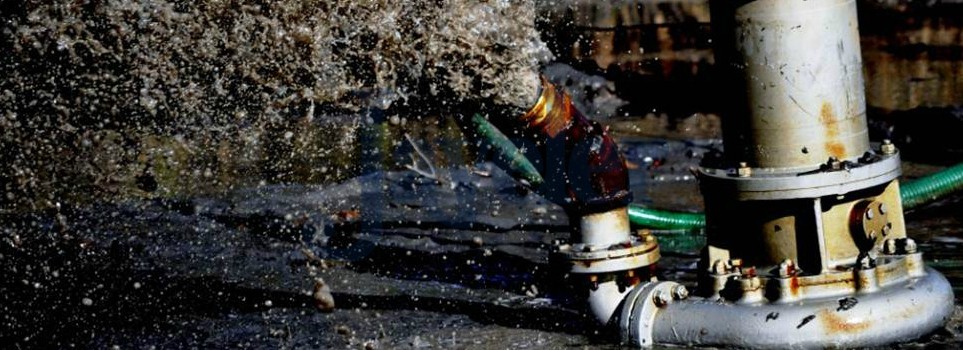Coal ash dredge can be extremely problematic. You need to know what to expect when it’s being dredged so that you can operate appropriately. Often, when you have a settling pond, the dredge needs to be taken care of on a regular basis.
The Frequency
Your industrial operations lead to coal ash being disbursed into the air. You’re settling pond is designed to collect all of the ash. Over time, the ash is going to collect at the bottom of the pond. You only have a limited amount of space within the pond, which means that you will need to schedule dredging from time to time.
Anytime you require coal ash dredging, it will require scheduling the service with a company. It is best to get onto a set schedule so that you can depend on the time that they will come out to dredge you’re settling pond.
If you are not sure about the frequency that you require, it’s best to work closely with a dredging company. They will be able to identify how much coal ash you have as well as how much you’re settling pond can handle before it needs to be dredged. It will allow you to move forward and create a better budget moving forward.
The Disposal
When it comes to coal ash garage, there are multiple disposal methods that you need to be aware of. You might have a specific disposal site or you might have the dredge pumped into a tank. Additionally, you might want the dredge to be pumped into geo-textile tubes which can then be used to outline your pond.
By including the tubes, which stack on top of each other, you can establish a perimeter that will in turn help you to grow the site of your settling pond. However, the textile tubes come at a cost. If this is something you are interested in, you will want to talk to the dredging company to learn more about the process as well as the associated costs.
In the end, there are several things you need to know about coal ash dredging. The more you know, the easier it will be to focus on your operations. Not having the ash dredged out of the settling pond is not an option. As such, you need to work with a reputable company to schedule your dredging on a timetable that works best for what’s going on within your company.

